If you’re like me, you’ve probably noticed the increasing buzz around mopeds as a convenient and eco-friendly mode of transportation.
Mopeds are not just fun to ride, but they also make zipping around town a breeze. However, before you hit the road with the wind in your hair, there’s one crucial thing you need: a moped license.
If you want to learn how to get a license for a moped, I’ll provide you with all the essential information you’ll need to navigate the world of mopeds legally and safely. Fasten your helmet, and let’s dive!
Do You Need a License for a Moped?
So, why all the fuss about getting a moped license? Well, let’s break it down.
A License is the Law
First and foremost, riding a moped without the proper license is illegal in most places. You wouldn’t drive a car without a driver’s license, right? The same goes for mopeds. Having the right license ensures you’re abiding by the law and won’t get into trouble with the authorities.
Safety Matters
Mopeds might seem like small and harmless vehicles, but they can be involved in accidents just like any other mode of transport.
Getting a moped license often involves safety training, which equips you with essential skills to handle your moped safely and responsibly. It’s not just about protecting yourself but also those sharing the road with you.
Insurance Considerations
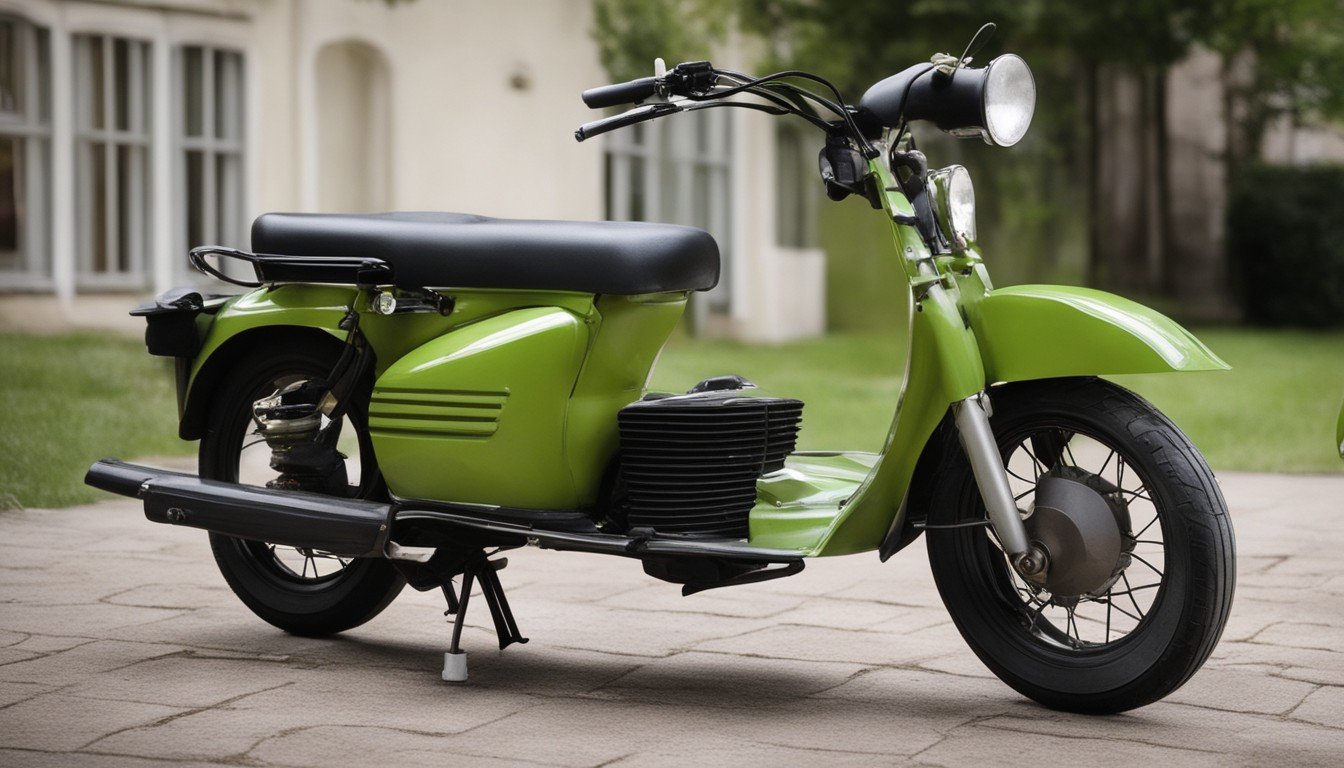
In some states, having a moped license might also impact your insurance rates. Having a valid license can sometimes make insurance coverage more accessible and affordable. It’s a win-win – legal and economical.
Penalties for Non-compliance
Riding without a license can lead to hefty fines, points on your driving record, or even the confiscation of your moped.
Nobody wants that. It’s far better to invest some time and effort in getting licensed than facing the consequences of riding without one.
In a nutshell, getting a moped license isn’t just a legal requirement; it’s a smart choice for your safety, finances, and future riding adventures
Are You Eligible for a Moped License?
Before you rev up your moped and head for the open road, it’s crucial to ensure you meet the eligibility criteria for obtaining a moped license. Let’s take a closer look at the factors that determine whether you’re ready to take this exciting step:
- Age Requirements: The first and most basic criterion is age. In many places, you need to be a certain age to qualify for a moped license. Typically, this age requirement falls in the range of 14 to 16 years old, but it can vary by region. Check your local regulations to find out the minimum age for moped licensing in your area.
- Health and Medical Requirements: While you don’t need a comprehensive medical examination, some places may have specific health requirements for moped riders. This often includes good vision and overall physical fitness. It’s a safety measure to ensure you can safely operate a moped on the road.
- Driving Record: Just like when you apply for a regular driver’s license, your driving record may come into play when applying for a moped license. If you have a history of serious traffic violations, it could affect your eligibility.
- Knowledge of Traffic Laws: You’ll likely need to demonstrate your knowledge of basic traffic laws and road signs. This knowledge is usually tested through a written examination.
- Parental Consent (for Minors): If you’re a minor applying for a moped license, you might need parental or guardian consent. This requirement is in place to ensure that parents are aware of and support your decision to ride a moped.
- Identification and Residency: You’ll typically need to provide proof of identification and residency when applying for a moped license. This ensures that you are who you say you are and that you’re legally residing in the area where you’re applying for the license.
How to Get a License for a Moped?
Now that we’ve covered the eligibility criteria, let’s dive into the nitty-gritty of how to obtain that coveted moped license. The process can vary depending on your location, but here’s a general overview to get you started:
1. Research Your Local Laws and Regulations
Before you jump into the licensing process, it’s essential to understand the specific laws and regulations governing moped licenses in your state.
Regulations can vary greatly, so do your homework. You can typically find this information on your state or local Department of Motor Vehicles (DMV) website.
2. Enroll in a Moped Safety Course (if required)
Some regions require aspiring moped riders to complete a safety course before applying for a license. Even if it’s not mandatory, enrolling in such a course is highly recommended, as it provides valuable riding skills and knowledge about road safety.
3. Gather Necessary Documentation
Before visiting the DMV or relevant licensing authority, make sure you have all the required documentation.
This typically includes proof of identity, residency, and age, along with any certificates from a safety course, if applicable.
Here’s a roundup of general requirements in most states:
- Proof of Identity: You’ll typically need to provide proof of identity. This could be your state-issued ID card or other forms of identification. Specific identity documentation requirements can vary, so it’s advisable to refer to your local Department of Motor Vehicles (DMV) or equivalent agency for detailed instructions on what constitutes acceptable proof of identity.
- Vision Requirements: It’s important to meet vision requirements for safe moped operation. If you wear glasses or contact lenses, ensure that you have them with you, especially if vision correction is necessary. Detailed vision requirements can typically be found on your local DMV’s website.
- Parent/Guardian Presence: If you are under 18 years of age, you may need to be accompanied by your parent or legal guardian when applying for a moped license. They will likely be required to sign the application in the presence of an official representative. This is a measure to ensure that minors have the necessary consent and support.
- Visit the Department of Motor Vehicles (DMV)
Head to your local DMV or the designated licensing authority’s office. This is where you’ll submit your application, take exams, and pay any associated fees.
4. Take the Written and Practical Exams
Depending on your state’s law, be prepared to take written or practical exams—or both. The written exam assesses your knowledge of traffic laws, road signs, and safe riding practices.
Meanwhile, the practical exam evaluates your ability to operate a moped safely. Study guides and practice tests are often available online to help you prepare.
5. Pay the Required Fees
There are usually fees associated with obtaining a moped license. These fees cover the cost of processing your application, conducting exams, and issuing your license. Check the fee schedule in your area to ensure you have the necessary funds ready.
The amount may differ from state to state, so make sure you have all the relevant information you need before going.
6. Receive Your Moped License
If you meet all the requirements and pass the exams, congratulations! You’ll be issued a moped license, allowing you to legally operate your moped on the road.
Remember, the specific steps and requirements can vary by location, so it’s crucial to refer to your local DMV or licensing authority for the most accurate and up-to-date information.
Additionally, be patient and stay committed to the process – obtaining a moped license is a rewarding achievement that paves the way for countless riding adventures.
Moped License: Different State, Different Law!
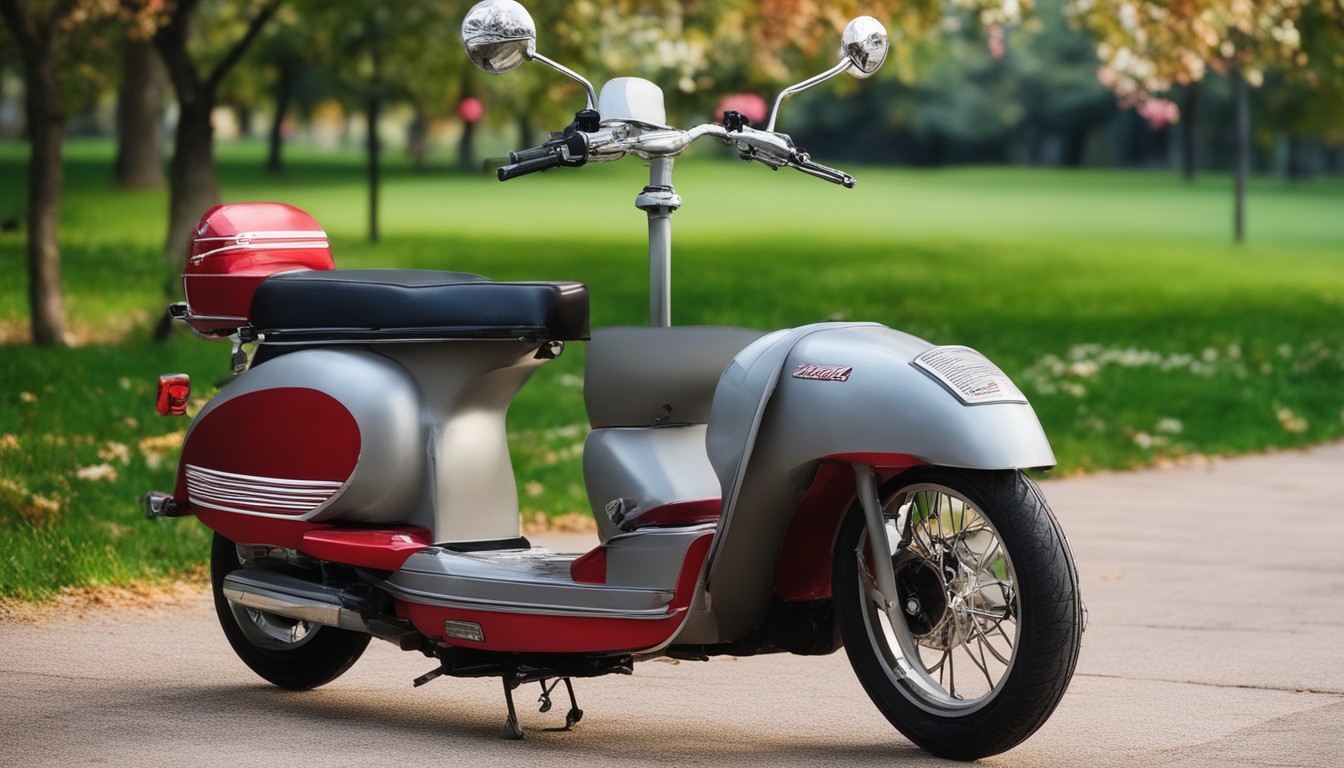
Moped laws in the United States can be a bit like a patchwork quilt—each state stitches together its regulations.
It’s important to recognize that the legal requirements for owning and operating a moped vary significantly from one state to another.
Here, I’ll give you a glimpse of the diversity in moped laws by sharing examples from a few states:
Arizona
In Arizona, mopeds fall under the category of motor-driven cycles. Moped owners there are required to purchase liability insurance and register their vehicles.
Surprisingly, you won’t need a special license to operate a moped in Arizona; a standard driver’s license suffices. However, if you’re under 18, you’re required to have a helmet on at all times.
California
California, known for its scenic routes, takes moped regulations seriously.
To ride a moped in the Golden State, you’ll need an M1 or M2 motorcycle license and must register your moped with the Department of Motor Vehicles.
On top of that, regardless of your age, helmets are mandatory for all moped riders in California.
Florida
Over in Florida, it’s a bit simpler. You’ll need a Class E driver’s license or a motorcycle license, and you must be at least 16 years old to legally ride a moped.
Fortunately, helmet laws are less stringent there, and riders over 16 can enjoy the wind in their hair.
Florida doesn’t mandate liability insurance for moped owners, and while you can cruise on public roads, highways are a no-go.
New York
New York classifies most mopeds as Class B motorized bikes, with speed limits not exceeding 30 miles per hour.
A valid driver’s license is all you need, but don’t forget to register your moped and carry liability insurance. Helmets and eye protection are also required for all riders.
Louisiana
Louisiana adds a twist by allowing those aged 15 to 16 with learner’s permits to ride mopeds, but there’s a catch—they must stay within three miles of their homes unless accompanied by a parent.
A valid driver’s license is a must for moped owners in the state, and all riders must wear helmets with chin straps. Liability insurance is also required.
Maryland
Heading to Maryland? Before you hit the road, make sure your moped is titled and insured. You’ll need a valid driver’s license or a moped operator’s permit. Helmets and eye protection are mandatory for all riders too, regardless of age.
North Carolina
In North Carolina, moped registration is a must, but titling is not required. Riders, however, must purchase liability insurance, an uncommon requirement for many states.
What’s unique about North Carolina is that you don’t need a valid driver’s license to operate a moped, but you must be at least 16 and follow all regular traffic laws, including wearing a helmet.
Rhode Island
The Ocean State mandates a valid driver’s license to legally operate a moped. Registration with the Rhode Island Department of Revenue’s Division of Motor Vehicles is also necessary, along with the purchase of insurance.
Those under 21 must wear a helmet while riding in Rhode Island.
Washington, D.C.
In the heart of the nation’s capital, moped owners must go through the same registration and titling processes as motorcycle owners.
Liability insurance is a must. Riding on sidewalks, paths, or freeways is prohibited, aligning with most other U.S. states.
Additionally, helmet use is mandatory for all moped riders in Washington, D.C.
Alaska
In the land of breathtaking landscapes, moped enthusiasts need to apply for a Class M1 motorcycle license to legally ride.
If you already hold a valid driver’s license, an endorsement can grant you permission to ride a moped.
Registration and insurance are requirements, as is the use of protective eye gear or a windscreen. Interestingly, Alaska doesn’t have helmet laws for moped riders over 18, allowing for a wind-in-your-hair experience.
Connecticut
In Connecticut, moped drivers are spared the need for vehicle registration with the Department of Motor Vehicles. A standard driver’s license is all residents require to operate a moped.
Helmets are obligatory for all riders in the Constitution State.
Mopeds typically operate in the right lane, except when making a left turn due to their lower speeds.
Hawaii
Hawaii demands a valid motorcycle license for moped operation. Registration and meeting minimum liability insurance requirements are also essential.
For those under 18, a helmet with a chin strap is a must when operating a moped in Hawaii. While adults are exempt from helmet use, safety goggles or a windscreen are required.
Tips and Considerations for Riding a Moped
Riding a moped can be an exhilarating experience, but it comes with its own set of safety considerations.
Whether you’re a novice or an experienced rider, these moped safety and riding tips will help ensure a safe and enjoyable journey:
Wear Appropriate Safety Gear
Safety starts with the right gear. Always wear a DOT-approved helmet, eye protection (if not equipped with a windshield), long pants, closed-toe shoes, gloves, and bright, visible clothing. Your safety gear should be comfortable, well-fitted, and designed for motorcycling.
Inspect Your Moped
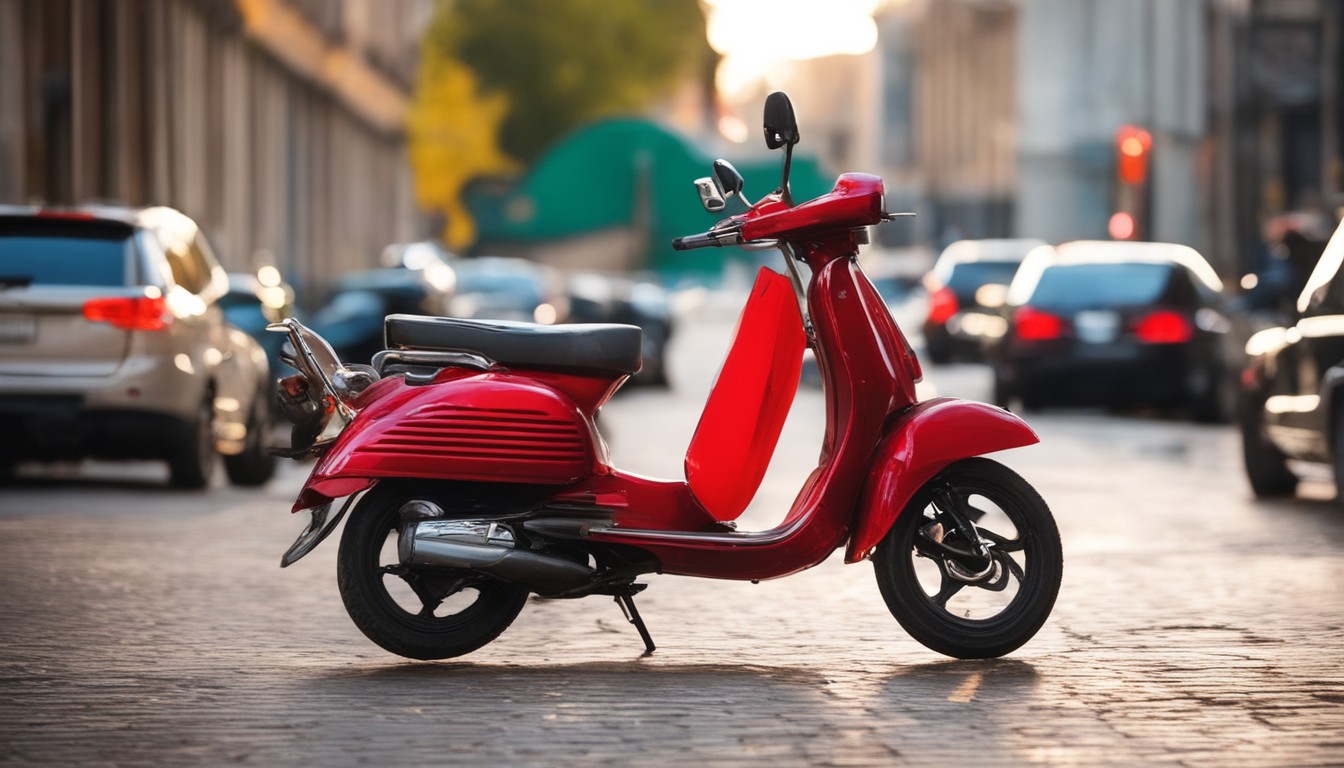
Before each ride, conduct a thorough inspection of your moped. Check the tires for proper inflation and wear, test the brakes, ensure all lights are working, and inspect the mirrors for proper positioning.
Regular maintenance and servicing are key to keeping your moped in top condition.
Obey Traffic Laws
Mopeds are subject to traffic laws just like any other vehicle. Obey speed limits, stop at stop signs and traffic signals, and use proper hand signals for turning. Avoid weaving in and out of traffic and stick to your designated lane.
Keep a Safe Following Distance
Keep a safe following distance from the vehicle in front of you. This allows you enough time to react to any stop or any change in traffic flow. In wet or slippery conditions, increase your following distance even further.
Be Mindful of Road Conditions
Mopeds are more vulnerable to adverse road conditions than larger vehicles. Be cautious when riding on wet or icy roads, gravel, or uneven surfaces. Slow down and adjust your riding style to match the road conditions.
Avoid Riding in Blind Spots
Stay out of other drivers’ blind spots. If you can’t see a driver’s face in their side mirror, they likely can’t see you. Maneuver to a position where you’re visible to them.
Stay Sober and Alert
Never operate your moped while under the influence of alcohol or drugs. Impairment significantly impairs your ability to make sound judgments and react to unexpected situations.
Remember, moped safety is a shared responsibility. By adhering to these tips and being a responsible rider, you can enjoy the thrill of moped riding while minimizing risks and ensuring the safety of yourself and others on the road.
Final Thoughts
Obtaining a moped license is not just a legal requirement; it’s your ticket to the freedom of two-wheeled adventures. In this comprehensive guide, we’ve explored the diverse landscape of moped licensing, from eligibility criteria to the intricacies of state-specific regulations.
We’ve stressed the importance of safety gear, defensive riding, and adherence to traffic laws.
Remember, the road may differ from state to state, but your commitment to safety should always remain constant.
So, whether you’re cruising through the scenic byways of California or navigating the bustling streets of New York, equip yourself with knowledge, gear up, and ride responsibly. With the right precautions, your moped journeys will be both thrilling and safe.
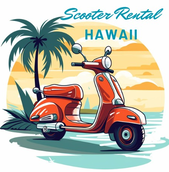
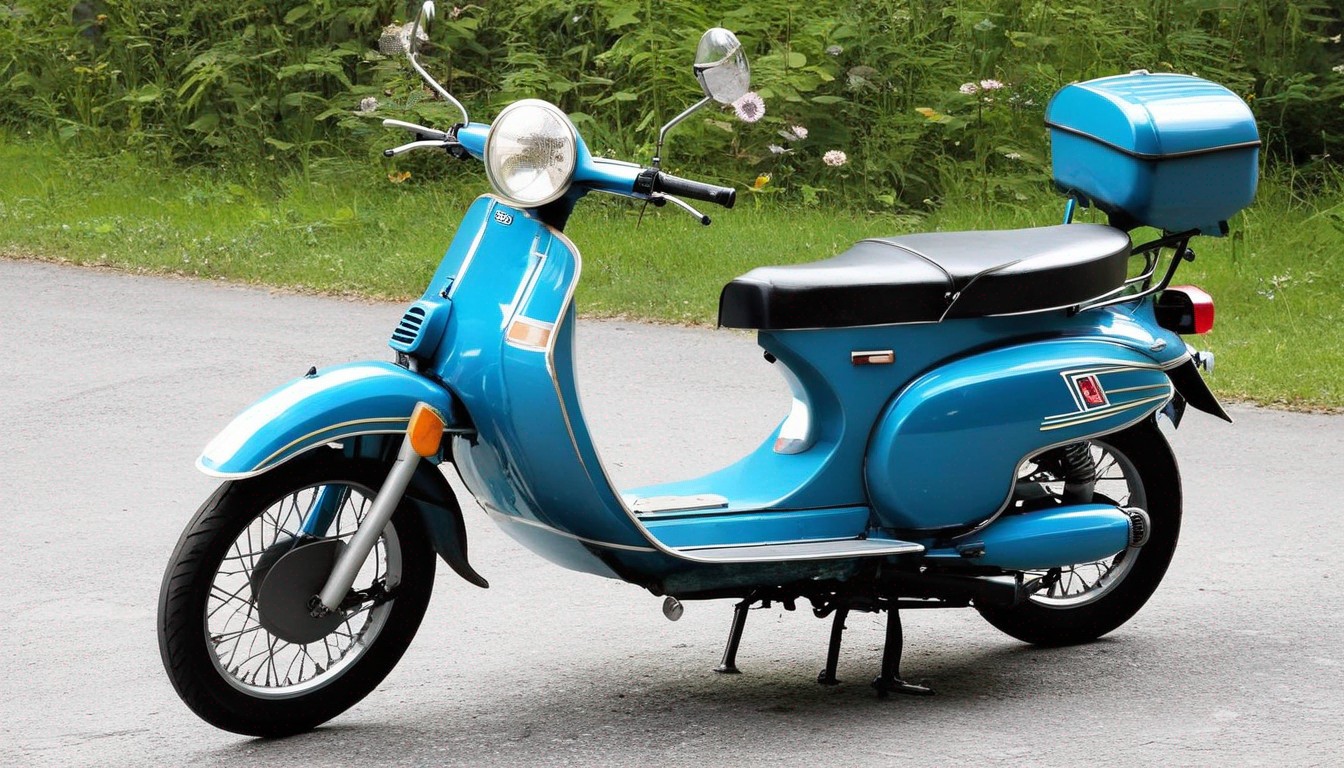





Wow, awesome weblog layout! How long have you been running
a blog for? you made running a blog look easy. The whole look of your website is great, as neatly
as the content material!
You’re Welcome, and thanks!